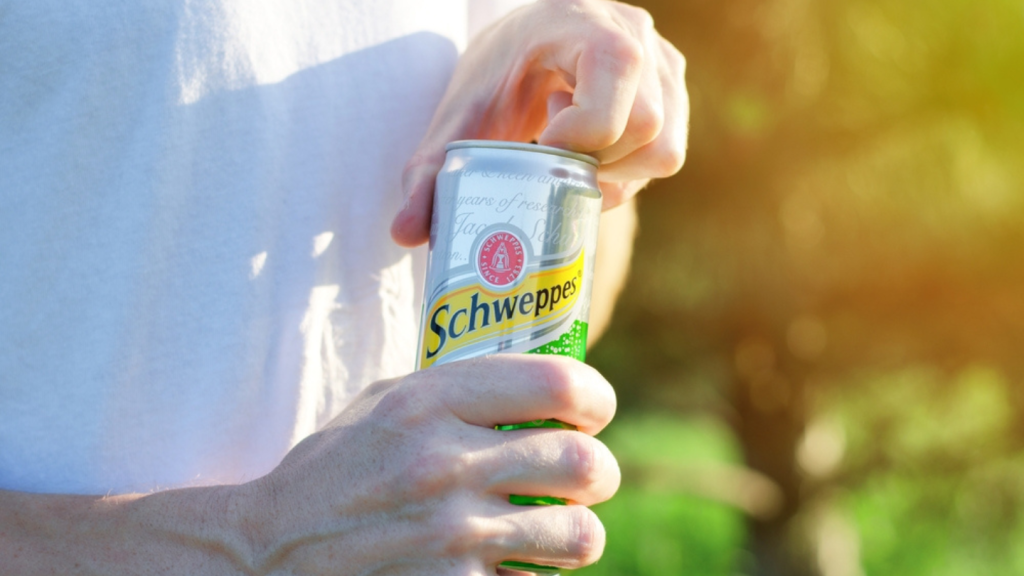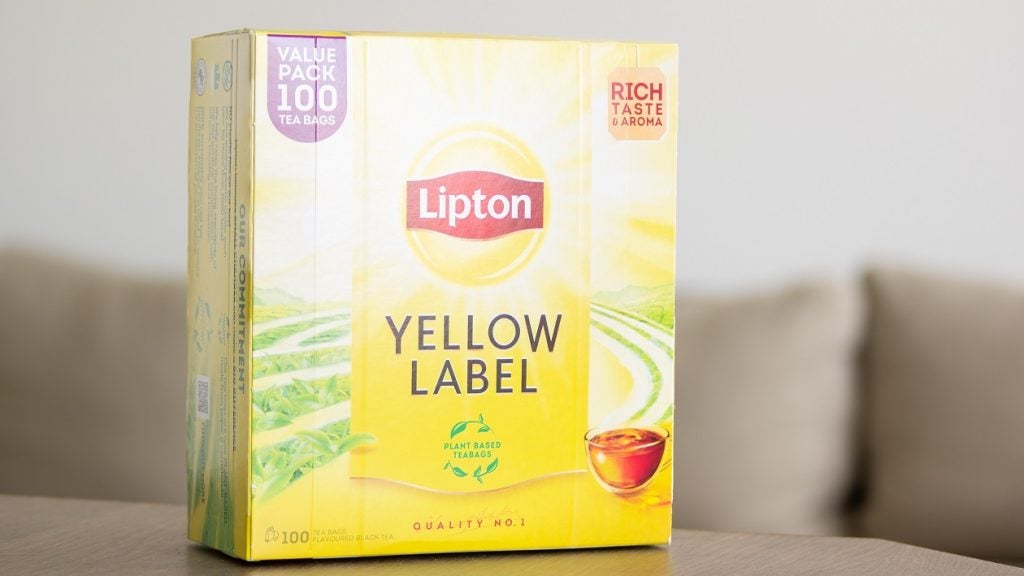 The company described it as a “milestone year”. But despite juggling the Seagram integration and its birth as a pure drinks player in one of the toughest years in memory, Diageo has yet to convince everyone it’s on track. Chris Brook-Carter reviews the highs and lows of 2003 for the industry’s number one.
The company described it as a “milestone year”. But despite juggling the Seagram integration and its birth as a pure drinks player in one of the toughest years in memory, Diageo has yet to convince everyone it’s on track. Chris Brook-Carter reviews the highs and lows of 2003 for the industry’s number one.
When Diageo’s CEO Paul Walsh woke the morning after the company’s full year results, a confusing mix of headlines concerning the world’s largest wine and spirits producer’s performance would have greeted him.
The official line taken by Walsh the day before was that this had been a “milestone year” for Diageo, in which it had completed its focus on premium drinks. “That focus has given us the ability to face these tough environments and yet still deliver solid performance,” he said.
But while some reports took him at his word – “Underlying profits up, outlook bright”, read one – others ranged from “Diageo net profit tumbles” to “Black day for Diageo”, which referred to its problems in Ireland.
“I got the impression that everyone hoped I would say we are back from recession into a roaring economy. [But] it’s just too soon to call,” Walsh told just-drinks the day after the results, as he unveiled the plans to re-launch Smirnoff.
How well do you really know your competitors?
Access the most comprehensive Company Profiles on the market, powered by GlobalData. Save hours of research. Gain competitive edge.

Thank you!
Your download email will arrive shortly
Not ready to buy yet? Download a free sample
We are confident about the unique quality of our Company Profiles. However, we want you to make the most beneficial decision for your business, so we offer a free sample that you can download by submitting the below form
By GlobalDataCertainly there had been pressure in the questioning at the press conference for either Walsh or his CFO Nick Rose to make a definite statement on the economic year ahead. But while both seemed to think the worst was over, they were still noticeably cautious about predictions.
“We have seen the bottom,” said Walsh. “The question is the rate of improvement. We are encouraged and optimistic but cautious. These markets remain fragile, the best we can hope for is slow, steady improvement.”
His caution is well placed. The US investment bank Lehman Brothers yesterday said it had lowered its stance on the European drinks sector to “negative” from “neutral”, saying a recent rally had been overdone. It also cited concerns about the US market.
“We think the heat-wave rally is overdone. We think the profit impact will be limited, due to the cost of satisfying the surge in demand. Then we expect slightly more negative newsflow from the US on excise taxes, particularly in California,” said the bank’s analyst David Hayes.
Interestingly, though, he simultaneously upgraded Diageo to “overweight” from “equal-weight”. And the real question therefore is how will Diageo perform in these conditions?
On Thursday, the company revealed that its fiscal full-year net profit tumbled 95% to £76m from £1.62 billion. However, this was due to an exceptional charge of £1.45 billion from the sale of restaurant chain Burger King.
It is a sale that leaves Diageo at the end of its strategic journey and at the beginning of its future as a pure premium drinks player. And certainly the company looks all the leaner for it. Excluding the Burger King charge, Diageo reported a 6.2% rise in pretax profit before exceptional items and goodwill amortization of £2.16 billion.
On top of this, the company said that within the continuing drinks business, turnover was up 3%, operating profit grew 7%, earnings per share 13%, while free cash flow reached £1,144m.
Across its important global priority brands, only J&B experienced a decline over the year (it was down 5% in volumes) but even this had stabilised in the second half. And in its two most important markets of the UK and US, net sales had increased 7% and 5% respectively, with volumes up 6% and 3%.
“Resilient despite tough trading conditions”, was how the Diageo release described its performance. And while the growth was not spectacular, any organic growth in what has been the toughest of years for the industry should be applauded. And, all this has been achieved while continuing to enhance its leadership position within the drinks business and integrating the Seagram brands it acquired last year without any interruption to their growth.
“Our goals for the year were: deliver top and bottom line growth, successfully integrate the Seagram brands, improve our route to market and enhance our brand positions,” said Walsh. “In a year when the international business environment posed significant challenges, we have made substantial progress against these goals.”
And yet concerns remain, reflected in the lacklustre performance of Diageo’s stock since it released its results. Primarily the market is concerned about how the company will leverage top line growth, now the shine has been lost from the company’s portfolio of RTDs.
|
Overall RTDs increased 5%, but as a category for Diageo it is becoming increasingly dependent on emerging markets for growth. In North America volumes fell 17% and in the UK they declined 6%. By comparison the group’s venture markets saw RTD volumes leap 159%. Overall Walsh admitted that the days of stellar growth were over and global growth for RTDs was more likely to resemble the single digits of the parent brands.
There are also concerns about Diageo’s two other priority markets (other than the UK and US), Ireland and Spain. In Spain volumes fell 1% and sales 2%, however there are signs of recovery now, Walsh believed. “Going forward, we are off to a better start in Spain than we had hoped,” he said.
Ireland is a more depressing picture with volumes down 5% and flat net sales. However operating profit in the Emerald Isle fell 9% and Walsh confirmed the company did not expect growth in that market for the foreseeable future.
Following the success with which the Seagram brands were integrated into the business, some may now expect and call for Diageo to pursue further acquisitions to maintain growth. However, Walsh appeared to dismiss this route last week, saying: “While we are always keen to keep an eye on opportunities [to acquire] our main focus is growing the brands we own. We have done the best deals and have the best brands.”
A large part of this focus will be in the US where Diageo continues the roll out of its distribution strategy Next Generation Growth. Some 78% of its US volumes are now passing through its NGG partners, with nearly 2,000 dedicated sales people selling the company’s brands. The jury is still out on whether Diageo will be able to leverage its leadership position in the US in this way. But if it is a success, the company’s superior portfolio of brands will justify the significant premium at which it is trading to its rivals.





